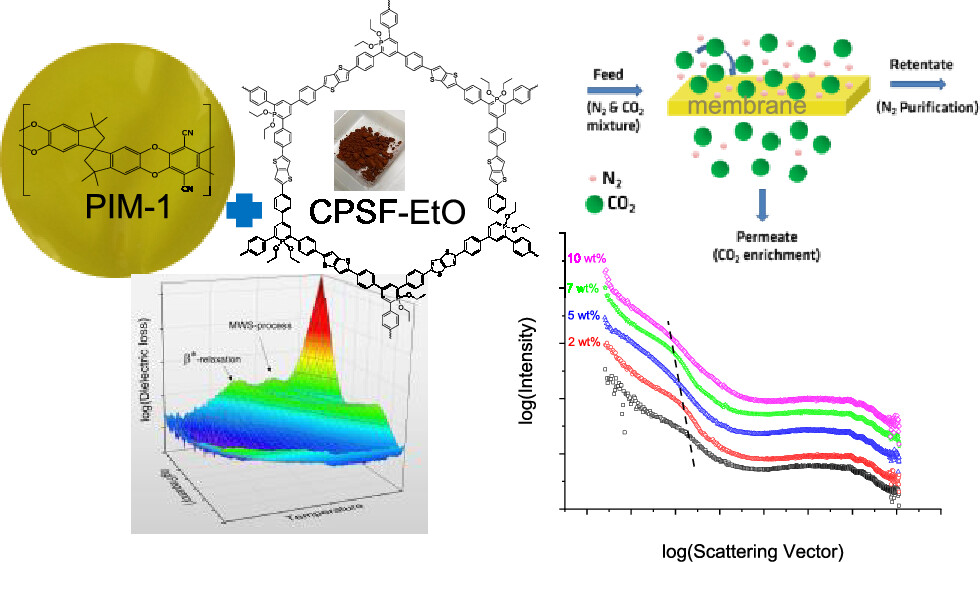DIN EN ISO 24181-1 (ISO 24181-1:2024), prEN ISO 24181-1:2025

Key Findings
- Establishes a standardized ICP-AES method for detecting Al, Ca, Mg, Fe, and Si impurities in individual rare earth metals and their oxides.
- Defines validated measurement ranges: 0.001–0.2 % (Mg, Al, Si, Ca) and 0.001–0.5 % (Fe).
- Ensures harmonization across German, European, and international standards, supporting traceability in rare earth supply chains.
Rare earth elements are critical in high-tech, energy, and defense applications, where material purity directly affects performance. This standard specifies the use of inductively coupled plasma atomic emission spectroscopy (ICP-AES) to quantify non-rare earth element impurities—magnesium, aluminium, silicon, calcium, and iron—in metals and oxides. It provides precise measurement ranges for each element, verified through interlaboratory testing, and aligns national (DIN), European (CEN/TC 472), and international (ISO/TC 298/WG 4) standardization efforts. By defining clear analytical procedures and limits, the document supports quality assurance, trade compliance, and innovation in sectors dependent on high-purity rare earth materials.





 Innovative research has brought us closer to sustainable battery technology with a breakthrough in sulfur-based cathodes. Traditionally, lithium-ion batteries—central to electronics and electric vehicles—rely on scarce materials like cobalt. Sulfur offers a greener alternative due to its abundance and impressive theoretical capacity of 1675 mAh g-1.
Innovative research has brought us closer to sustainable battery technology with a breakthrough in sulfur-based cathodes. Traditionally, lithium-ion batteries—central to electronics and electric vehicles—rely on scarce materials like cobalt. Sulfur offers a greener alternative due to its abundance and impressive theoretical capacity of 1675 mAh g-1.
